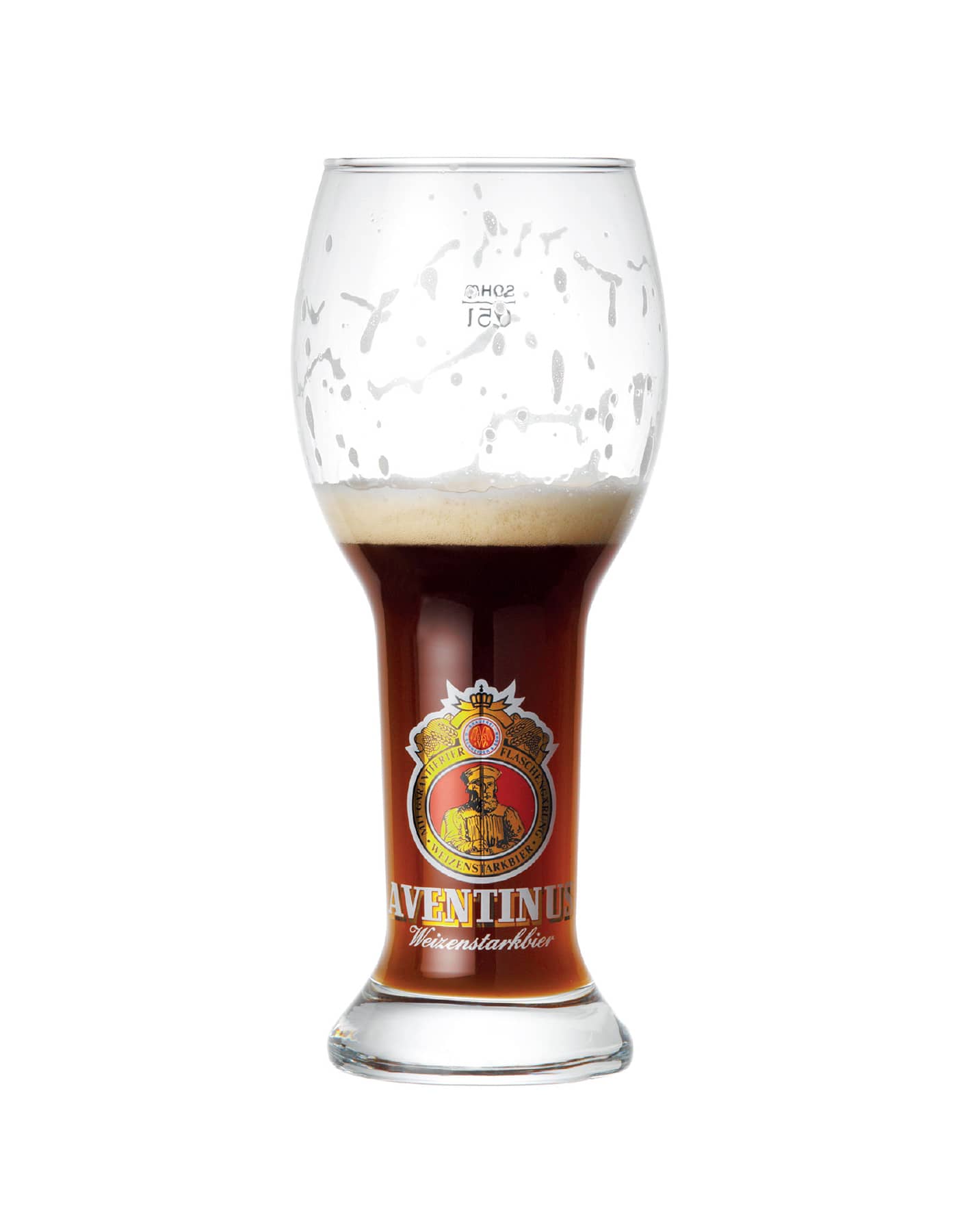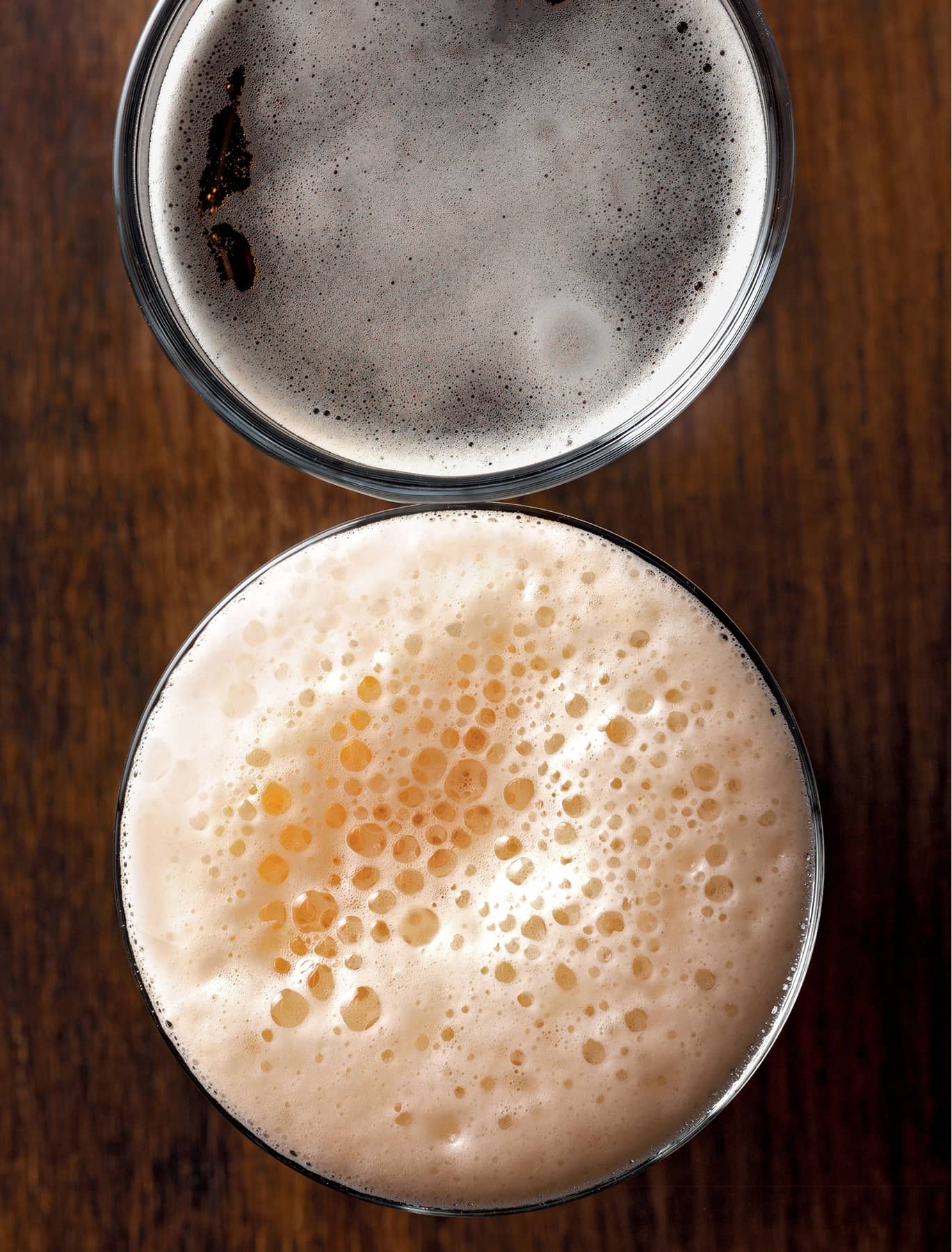
WORLDS BEST BEERS
1000 UNMISSABLE BREWS FROM PORTLAND TO PRAGUE
BEN McFARLAND
TOM SANDHAM
THE THINKING DRINKERS
Fully Updated 2nd EDITION
over 500 new beers

ADVENTURES WITH BEER
Welcome to the updated version of Worlds Best Beers, a book that was first written almost a decade ago.
In 2009, the craft beer scene was flourishing in areas of epicurean enlightenment all over Europe, America and elsewhere.
Disillusioned with dull beer, microbrewers were kicking the shins of the mass-producing, multinationals, wrestling beer out of the hands of accountants and returning it to its rightful place as an artisanal product made by actual people who cared about it.
The previous edition proclaimed that, despite a brewing history spanning around 10,000 years, it had never been a better time to be a beer drinker. Well, things have got even better and the pace at which craft beer has spread around the world since the first edition has been quite extraordinary.
In London, where were based, the number of breweries could be counted on one hand back in 2009. Now, that amount is set to hit one hundred and craft beer has become a cornerstone of the Capitals rich food and drink scene.
Similar things are happening all over the world, a lot of it inspired by the Americans who fired the starting gun back in the 1980s. Countries that were hitherto bland lands of brewing are now home to thriving beer cultures and from Portland to Paris and Manchester to Melbourne, the number of microbreweries is on the rise, talk of great beer is getting louder and the boundaries of what beer can be are being stretched in the fervent pursuit of flavour.
Now very much part of the global consciousness, craft beer can no longer be considered a fad and, while the craft beer bubble may occasionally deflate a little, the expectation and desire that beer should be tasty is not going to go away.
After decades of drinking in the dark, a new dawn has risen and theres no sign of the sun setting on it anytime soon. So, whether you are a seasoned beer aficionado or an occasional imbiber thirsty to discover more, we hope this enlightening tour through the global craft beer scene will provide you with everything you need to know... and bring on a thirst too.
Cheers,
Ben & Tom The Thinking Drinkers
THE HISTORY OF BEER
Iran and Iraq are not the easiest places to get a pint these days but, ironically, this is roughly where brewing was first born somewhere between 10,000 and 8000 BC.
Archaeological boffins reckon beer in this, its earliest incarnation, was a rudimentary gruel beer made from unmalted grain that would have been magically fermented by yeasts in the air and clay vessels.
But it was the Sumerians who first started brewing seriously, using malted barley that they soaked in water. A Sumerian clay tablet dating back to 1800 BC, provided not just the earliest official record of brewing, but also the oldest recipe in the world.
It consisted of crushing a bready substance with honey and herbs, water, dates, raisins and spice, squeezing it through a sheet of straw and leaving it to ferment. It probably tasted awful but it was safer than disease-riddled water and was written down as part of a catchy hymn to Ninkasi, the Sumerian goddess of brewing, that made it easy for people to remember.
As religion, over time, became increasingly interwoven into daily life, beer and those who brewed it took on an emblematic, spiritual dimension. Certain types of beer were reserved exclusively for religious ceremonies, while women, who oversaw much of the brewing back then, were thought to have a deep religious relationship with Ninkasi, who blessed their beer vessels by, magically, turning grain into giggle-juice.
Beer played a religious role in Europe too, where monasteries were the first commercial brewing operations. Evidence in the Domesday Book of 1086 records other brewing enterprises but it was the monks who first made real money (and missionary success) from the mash-fork especially the Benedictine order.
Monastic brewhouses mushroomed all over medieval Europe, mostly founded near rivers and many developed their own maltings. It was monks who oversaw the widespread introduction of hops in AD 1000 and, 400 years later, it was Bavarian brothers who began bottom-fermenting techniques.
The dissolution of the monasteries saw the Churchs grip on European brewing loosen and, by the early 1800s, beer had shifted from ecclesiastical to industrial hands.
TECHNICAL INNOVATION
Prior to the Industrial Revolution, breweries were small concerns whose dark beers, brewed mainly in the colder months, rarely roamed beyond a limited radius of the brewery.
But thanks to a number of groundbreaking industrial advancements, all that changed in the late 1800s when beer became easier to make, store, drink and transport across long distances.
The advent of the steam engine had given rise to larger-scale production, railways and industrial refrigeration (pioneered by Munichs Spaten brewery during the 1870s), while Louis Pasteur lifted the lid on yeast and enabled brewers to preserve and prolong beers life.
The introduction of coke as the core fuel gave brewers greater control of the malting process and allowed them to produce paler malt. This, paired with pasteurisation and refrigeration, paved the way for helles and pilsners the golden lagers that took Europe by storm in the second half of the century.
The advent of golden lager was a marketing master stroke and more than 120 years later, represents the vast majority of the beer drunk worldwide.
The ability to mass-produce lager was behind the post-World War II period of mass consolidation brewing, which saw the emergence of global behemoth brewing businesses.
But since the 1980s, in the reverential hands of a growing grassroots brewing movement, beer has undergone a genteel global revolution.
Historical recipes are being revived and reinterpreted, the art of the old is being merged with the science of the new and, in their quest for new flavour experiences, brewers are looking both forwards and back, as well as to each other, for inspiration, experimentation and innovation and it may just be the best time to be a beer drinker since Neolithic Man first soaked barley in water.














